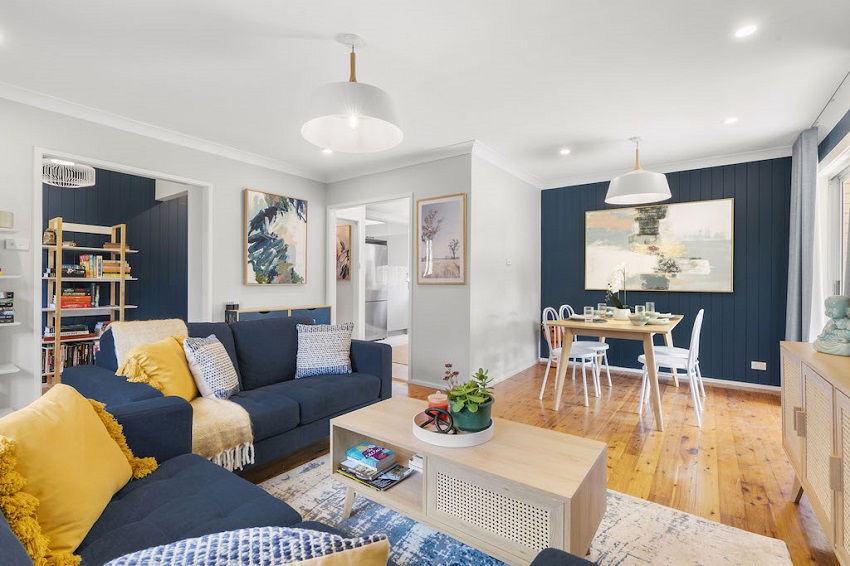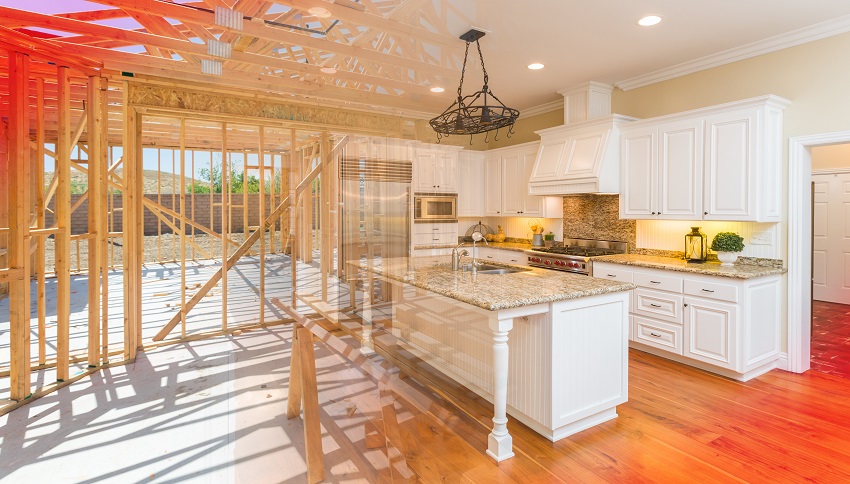Remodeling is a popular way to enhance and transform living spaces, adding value and functionality to homes. Whether you’re looking to revamp your kitchen, renovate your bathroom, or give your entire house a makeover, remodeling can breathe new life into your home. There are two primary types of remodeling: 1) cosmetic remodeling and 2) structural remodeling. Each type serves a distinct purpose and offers unique benefits. In this article, we will explore these two types of remodeling in detail, providing insights into their characteristics, advantages, and popular examples. The content is submitted by https://realorigin.org/
Cosmetic Remodeling: Enhancing Aesthetics and Visual Appeal
Cosmetic remodeling focuses on improving the appearance and aesthetics of a space without making significant structural changes. It involves updating surfaces, fixtures, and elements to create a fresh and appealing look. Here are some key aspects of cosmetic remodeling:
Paint and Wallpaper
Home remodeling can be a fun and exciting way to give a room a new look and feel. One of the simplest ways to transform a room is by applying a fresh coat of paint or adding wallpaper. This can instantly change the ambiance and mood of the space.
Flooring Upgrades
Upgrading the flooring can have a dramatic impact on the overall look and feel of a room. Options like hardwood, laminate, or tile can add elegance and style.
Lighting Fixtures
Changing outdated lighting fixtures and introducing new ones can create a stunning visual effect. Proper lighting enhances the atmosphere and highlights key features.
Cabinetry and Countertops
Updating cabinets and countertops in kitchens and bathrooms can breathe new life into these spaces. High-quality materials and modern designs can elevate the overall appeal.
Fixtures and Hardware
Replacing old fixtures, such as faucets, doorknobs, and handles, can give a room a fresh and updated appearance. This is a cost-effective way to enhance the overall look.
Cosmetic remodeling allows homeowners to personalize their spaces and keep up with the latest design trends. It is ideal for those who want to refresh their home’s look without undertaking extensive construction work.
Structural Remodeling: Enhancing Functionality and Space
Structural remodeling involves making changes to a building’s structure or layout, often involving major construction work. This type of remodeling focuses on improving functionality, optimizing space, and addressing structural issues. Let’s delve into some key aspects of structural remodeling:
Room Additions
Adding new rooms or expanding existing ones can provide more living space. This is especially beneficial for growing families or those who want dedicated spaces for specific purposes.
Kitchen and Bathroom Renovations
Updating kitchens and bathrooms often requires structural modifications. This can involve rearranging plumbing, electrical work, or even changing the layout to enhance efficiency and usability.
Basement or Attic Conversions
Transforming a basement or attic into usable space can maximize the square footage of a home. This is an effective way to create additional bedrooms, entertainment areas, or home offices.
Structural Repairs and Upgrades
Remodeling also includes addressing structural issues like foundation problems, roofing repairs, or upgrading electrical and plumbing systems to ensure safety and compliance.
Outdoor Living Spaces
Expanding the living area outdoors by creating decks, patios, or landscaping improvements can significantly enhance a home’s functionality and increase its value.
Structural remodeling is ideal for homeowners who require substantial changes to their living spaces to meet their specific needs. It often requires careful planning, professional expertise, and appropriate permits.
In conclusion, remodeling offers homeowners the opportunity to transform their homes and create spaces that align with their preferences and lifestyle. Whether you opt for cosmetic remodeling to enhance aesthetics or structural remodeling to optimize functionality, the key is to envision the desired outcome and work with professionals to bring your vision to life.
Frequently Asked Questions (FAQs)
Q: How long does a typical remodeling project take?
A: The duration of a remodeling project depends on various factors, such as the scope of work, the size of the project, and unforeseen challenges. It’s best to consult with a contractor to get an estimated timeline for your specific project.
Q: Is remodeling expensive?
A: The cost of remodeling varies based on the extent of the project and the materials used. It’s essential to establish a budget and work with a professional to find cost-effective solutions that align with your goals.
Q: Do I need permits for remodeling projects?
A: Depending on the scope of the remodeling project, you may require permits from local authorities. It’s crucial to consult with professionals who can guide you through the permit application process.
Q: Can I live in my home during the remodeling process?
A: In some cases, it’s possible to live in your home while undergoing remodeling. However, it depends on the scale of the project and the areas affected. Your contractor can provide guidance on the feasibility of living on-site.
Q: How can I ensure the remodeling project stays within budget?
A: To stay within budget, it’s essential to have a clear understanding of your priorities, work with a professional contractor, and regularly communicate and track expenses throughout the project.

